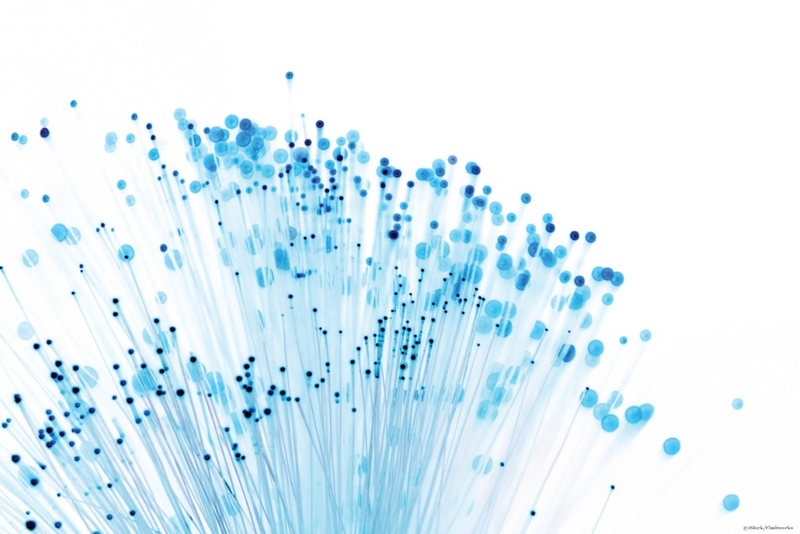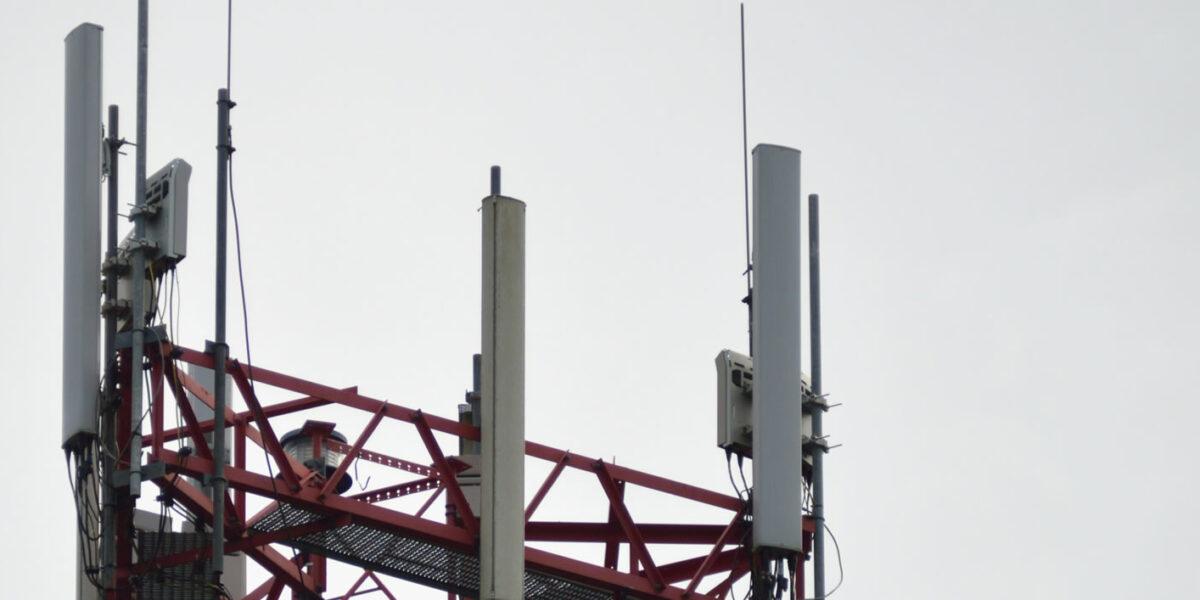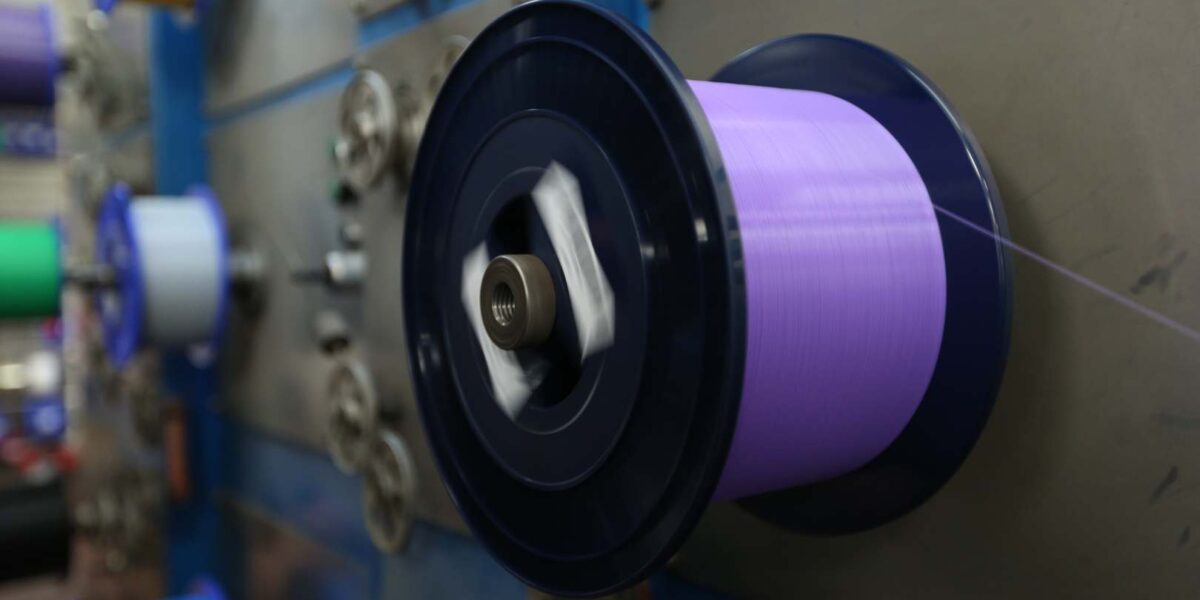Fiber technology was first called light cable. The definition of the light cable, which was used for the first time in 1842, in the article Collado prepared in 1884, “a cable flows through a cable by reflecting.” He made it in the form.
An alternative to this, along with the lightweight cable, was the Photophone, which transmits sound waves over the beam of light, in 1880 by Graham Bell.
The use of light in communication was not only with fiber optic cables. Indians’ communication with smoke can also be given as an example of optical communication.
Later developing communication technologies, by making use of various environments, provided the transmission of information. Generally, the technologies used to transfer the electrical signal from one point to another via conductive cables. However, in the last fifty years, the method used in the early ages was returned and the light was used again in communication.
The first useful type of optical communication system is a system called fiber guidance. In 1930, British scientist J. L. Baird and American scientist C. W. Hansell received patents by scanning and transmitting television images via uncoated fiber cables.
When we came to the 1950s, developments were accelerating. In 1951, Van Hell from the Netherlands and H.H Hopkins and N.S Kapany from England conducted experiments on light transmission through fiber bundles.
The important development in the 1960s was the invention of Lazer. Offering high output power, high operating frequency and an extremely wide bandwidth, the laser accelerated fiber optic work.
In 1970, Kapron Keck and Maurer in New York, developed a fiber optic with less than 20 dB loss. This was a very important development compared to fiber optics with a very high loss rate used in the 1960s.
Communication with light waves emerged in the 1980s. The industrialized states started using fiber optics and used it so much that the last decade was called the “decade of glass”.
Production of single mode fiber cable started in 1983. The signal attenuation values were then reduced to 0.20 dB / km. These values, which were reached in 1987, are still considered as successful values.
In 1990, multiple wavelengths were transmitted over the same fiber. In this way, it was proved that instead of laying more cables, more alternative transfers can be made with a single cable.
In 1996, the length of fiber cables installed worldwide was 90 million kilometers. In 1997, fiber cables capable of driving 300 KM at a speed of 40 Gb / s were produced. Now, when we reached the 2000s, data transfer at Tbit / sec speeds was reached.
Many of us have seen the developments after 2000s in our lives. Fiber technology has skyrocketed after the loss of data after the 1970s. End users are just beginning to use this technology in our country. But the state had started to use it in itself before.



